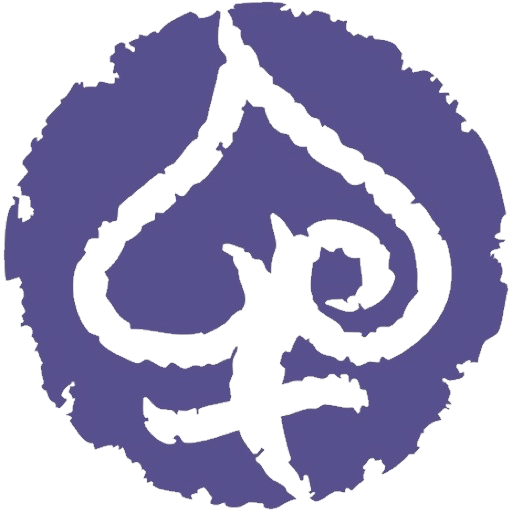Photo credit: Youtube.com
In Gilda Cordero-Fernando's book Philippine Food & Life, she illustrates the planting rituals of Tarlac, Philippines, a province created in 1874 with no inhabitants. It's northern towns are populated by Ilokanos but partly by Pangasinense and its southern towns are inhabited by Pampangueños and Tagalogs from Bulakan. Tarlac sits in the center of Central Luzon making it the crossroads from any direction.
The settlers were hardy, industrious, and determined. No awan anus, awan lamot. No patience, no food, they said. Most were farmers and the women wove cloth and mats. Succeeding generations continued to do the work begun by the first immigrants and retained the old customs and traditions.
They had many planting beliefs:
- Rhe best time to plant is when the moon is bright and the sky is full of stars.
- Frequent lightning and thunder in May and June presage poor grain in the coming rice and corn harvest, but this can be avoided if it rains immediately before or after All Saints' Day (November 1st).
- Sour things should not be eaten when planting palay seedlings or the carabaos will break into the seedbeds.
- Budding fruits should not be pointed at pregnant women, or they will rot.
- Plant root crops or fruit trees with a full stomach so that the yield will be plentiful.
- When planting coconuts, one must carry as many children on one's back as possible so that the nuts will be plentiful.
- Kamote, sweet potato, should be planted with no clothes on (naked?) so that the tubers will grow as big as one's arms and legs.
- Whoever plants corn, especially a person with missing teeth, should refrain from laughing or the cob will have missing kernels.
- When the cow sneezes frequently, rain is believed forthcoming. If it is not, the farmers go on a procession called libot. It consists of making a round of ricefields with lighted candles, carrying the patron saint.
- A novena is made to the Virgin of Manaoag in Pangasinan, a cararag or petition for rain and protection for the crops.
The small independent farmers, mostly in the northern towns and barrios, are the backbone of Tarlac province. The simple, thrifty, and hard working Ilokanos are the salt of the earth. The Pangasinense, Princess Urduja's people, on the other hand, are the burgis of northern Tarlac.
These planting beliefs may sound a little silly today, but they helped shape the province of Tarlac to be a predominantly agricultural economy. Its principal crops are rice, sugarcane, coconut, and corn. It is among the biggest producers of rice and sugarcane.

